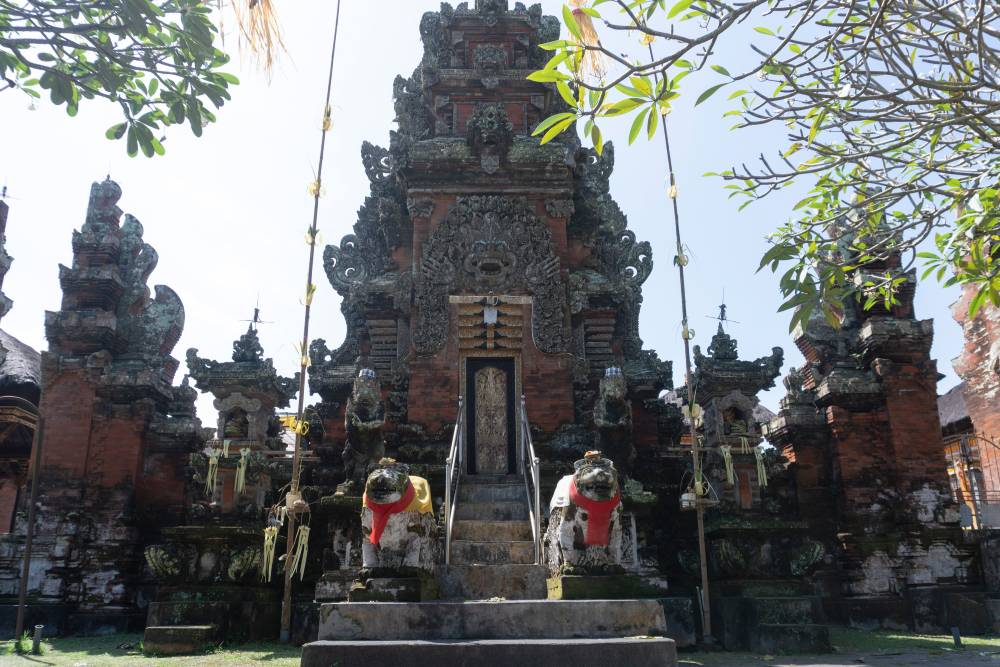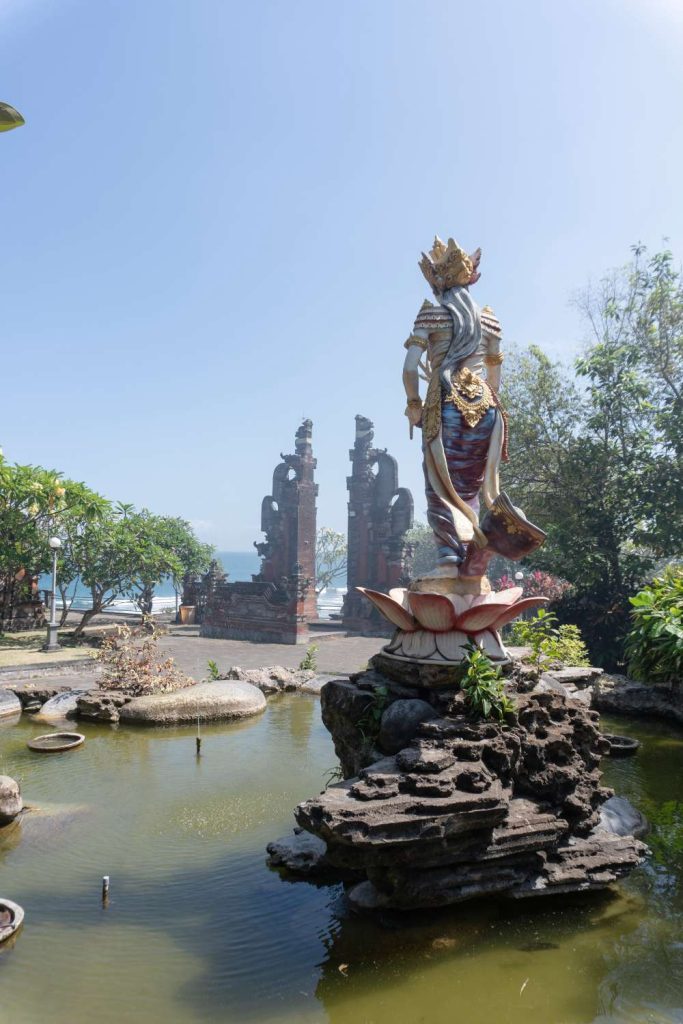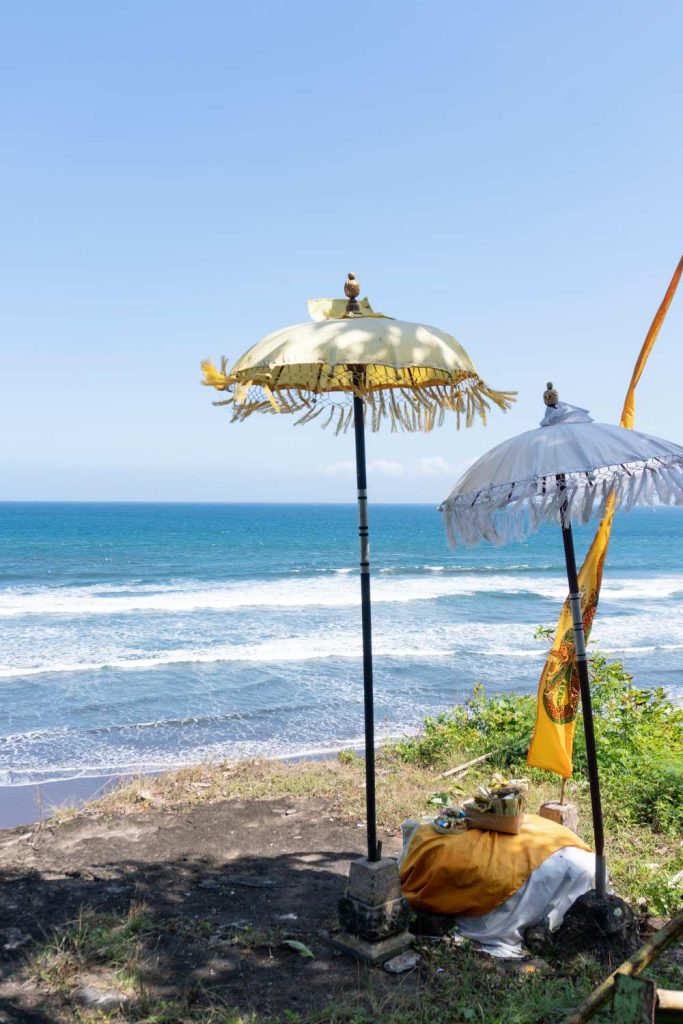
Located in Jembrana, east of Yeh Emang village, Pura Luhur Rambut Siwi is the biggest temple in the regency and despite its humble semblance it is significant in Bali’s religious history. Occupying the quiet southwest coast of the island, the temple boasts a very classical style of Balinese architecture, and enjoys a serene ocean backdrop.
The reverence of Pura Luhur Rambut Siwi is associated with the arrival of Dang Hyang Nirartha, a Javanese priest and holy Brahmin who stumbled upon the pre-existing temple during his pilgrimage in the mid-sixteenth century. Migrating from Java, he arrived on the western shores of Bali to convene with the Gelgel Kingdom, located in what we know now as Klungkung, east Bali.
Upon arriving at the beach on the western coast, he came across a guard charged with the responsibility of protecting a nearby temple. The guard warned Nirartha that the temple was very haunted and sacred, and suggested he stop and pray at the temple because those who pass by without stopping to pray will be attacked by a tiger.
Heeding the guard’s cautionary advice, Nirartha entered the temple and settled in front of a shrine where he quickly entered into a deep state of meditation. During his meditative prayers, the walls began to shake and continued to shake harder until the entire temple complex collapsed around him. The temple was in utter ruins as the unruffled Nirartha sat in the middle of the rubble, unscathed.


The guard trembled in fear at the astounding power of Niratha and cried asking for forgiveness for demanding Nirartha to worship at the temple. The guard pleaded with Nirartha to restore the temple to its original condition lest the guard be blamed.
Feeling sorry for the guard, Nirartha agreed to restore the temple to its original condition. He gave a lock of his hair to the guard and told him to plant it at the centre of the temple grounds, then pray that it would be restored and that the restored temple would be much stronger than the original one.
The guard did as he was instructed. He dug a small hole at the centre of the temple grounds, planted Nirartha’s hair in it, covered it with fresh dirt, patted it flat, and then began to pray. Much to his surprise and relief during his prayers, the temple walls began to rise up and out of the small pile of dirt covering Nirartha’s buried lock of hair. The walls kept creeping out of the hole and assumed their original position until the entire temple complex was completely restored.
That is how the temple received its name, ‘Rambut Siwi’, with rambut translating to hair. It is also believed that Nirartha left the lock of his hair in the temple to give protection to the villagers, which is why Pura Luhur Rambut Siwi is known as a place where people will go to worship and pray for their own protection. That is how this ancient temple remains untouched by the ravages of time, exactly as Nirartha promised.









